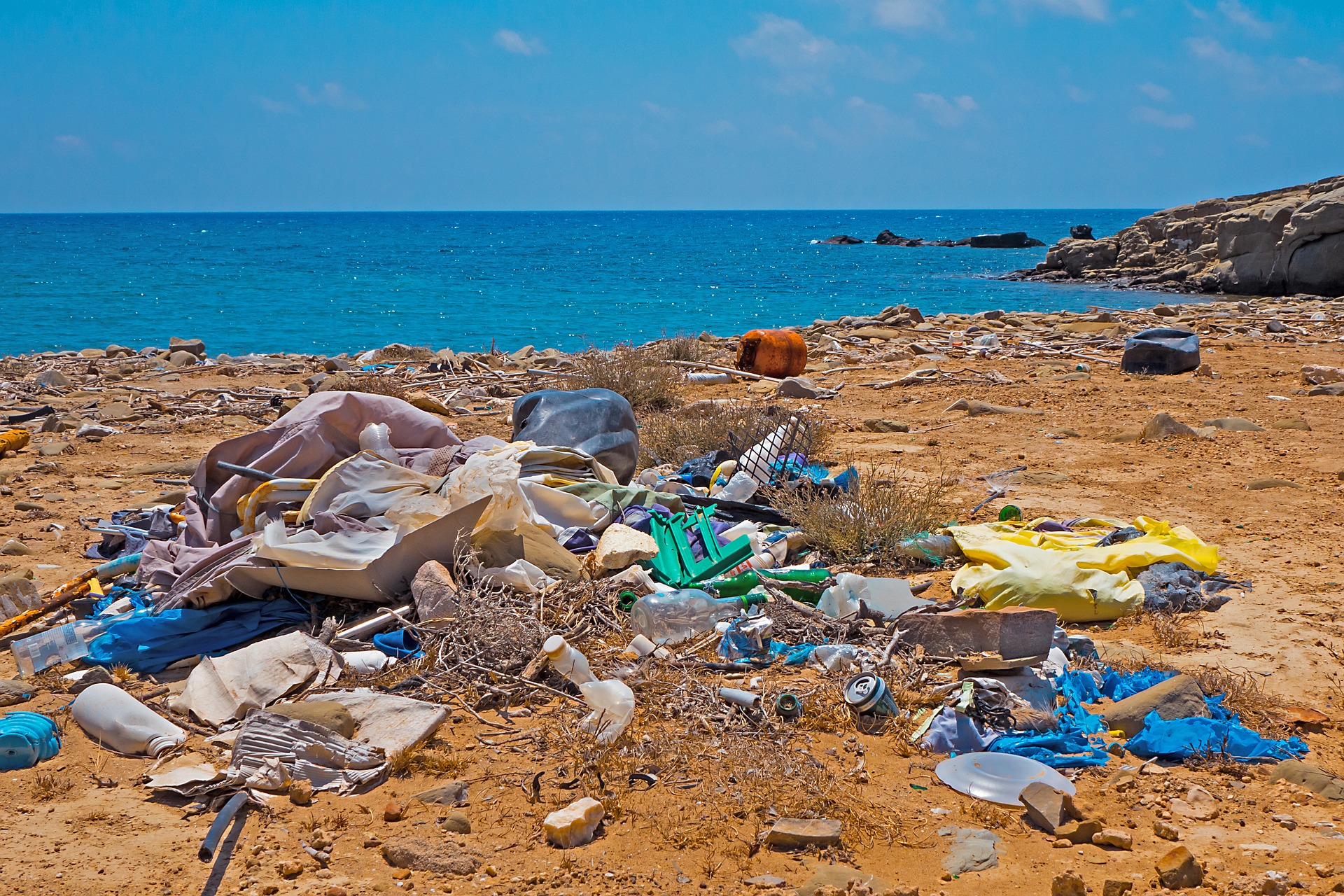The Ocean Cleanup: the largest cleanup in history2 min read

Have you ever heard about Pacific Trash Vortex? Maybe using the other nickname can help you out: it is the Great Pacific garbage patch. Less Hollywoodesque but more effective. It is a massive collection of plastic and floating trash that originates from the Pacific Rim with an estimated extension area of 1,6 million square kilometers. The same as a country like Iran.
Good. Actually not.
Unfortunately, there is not only the Pacific Trash Vortex to be worried about. All over the world, in other parts of the oceans, into the seas, and into the rivers we have a massive amount of trash. According to The United Nations Environment Programme, about 13 million tonnes of plastic leak into our oceans every year, harming biodiversity, economies, and, potentially, our own health.
Why can’t we just clean this up? It was the question of a 16-year-old Boyan Slat when he saw more plastic than fish while diving. Now he is 25 and CEO of The Ocean Cleanup, a non-profit organization founded in 2013 in Delft (The Netherlands) which develops advanced technologies to rid the world’s oceans of plastic.
The Ocean Cleanup is designing and developing cleanup systems to clean up what is already polluting oceans and to intercept plastic on its way to the ocean via rivers. It is based on a passive ocean cleanup technology, that moves with the currents, just like the plastic, to catch it. By deploying a fleet of systems, The Ocean Cleanup has estimated to be able to remove 50% of the Great Pacific Garbage Patch every five years. Not bad at all.
Moreover, considering a significant percentage of the plastic that enters the oceans from rivers, the company developed a solution (called Interceptors) that is 100% solar-powered, extracts plastic autonomously, and can be placed in the majority of the world’s most polluting rivers. The target with corporations and governments from all over the world is to tackle 1000 of the most polluting rivers all over the world in the next five years.
Once again. Not bad. Not bad at all.
Well done Boyan!
Source: UNEP, The Ocean Cleanup
Featured image by adege from Pixabay



